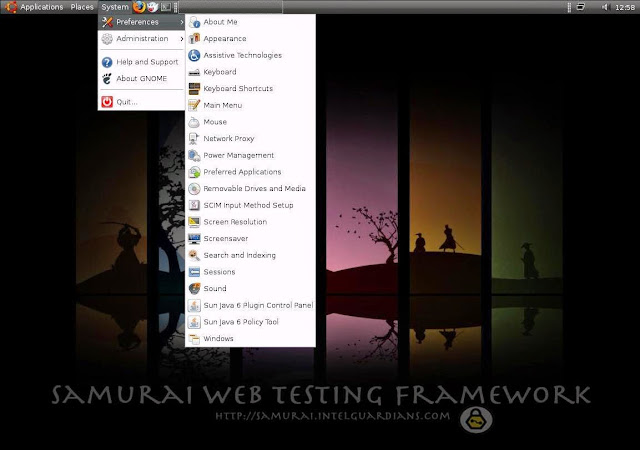Tiny Core Linux is a light and modular Linux distribution. Its main purpose is to allow the easy construction of simple but powerful appliance-like desktops.
Contemplating a distribution that can get you to a basic, empty desktop by booting from a 10MB ISO (you read that right), you’d be forgiven for wondering how comprehensive a Tiny Core system could be. On further investigation it turns out that Tiny Core owes its slim stature to a careful choice of lightweight components and the fact that it isn’t derived from one of the mainstream distributions. This decision by the developers brings with it both advantages and disadvantages. Tiny Core offers a very fast experience overall, with a boot time that none of the major distributions can touch. On the other hand, if something goes wrong or you couldn’t find a runnable application that you needed, the remedies that work on other Linux systems may not work with Tiny Core.
Once up and running, you are plonked into a blue desktop courtesy of the FLWM window manager with an icon-based application launcher at the bottom of the screen. By default, there are icons to access settings, add packages to the system, mount disks and to launch the file manager, but there are no substantial applications at this point.
Tiny Core uses its own package format, but rest assured, the package repository is huge with thousands of applications that are ready to go. Adding a medium-sized application such as Firefox, for example, takes only a couple of minutes. When you install applications, using the GUI package manager, they are downloaded and then added on the fly, automatically popping up on the application bar. During the boot process, the user specifies the location of a directory to be used for settings and application packages, and on subsequent boots, Tiny Core automatically locates the files that it needs. Here again, we glimpse some intriguing technology as there are options for loading the application files into RAM or fetching them from the disk when needed
Tiny Core Linux
There are a few ways of using Tiny Core, but the approach favoured by the developers is to combine a medium such as a CDROM with writable storage such as a hard disk or USB stick. The developers cite the advantage that this makes system files incorruptible, but the problem is that I don’t think that many people will want to boot from a CDROM every time they switch the computer on. Neither will many people be interested in carrying around a CDROM and a USB stick in order to get the system working. Compounding the awkwardness of this approach, Tiny Core doesn’t support NTFS partitions for the user files folder.
A USB pen drive installation is a good compromise, and an automated script for carrying this out does exist. The script isn’t very flexible, however, and it wipes the entire drive, setting up separate partitions for the system files and user data and applications respectively.
The least well supported approach is to boot from the hard disk, and yet I suspect that this would be the most popular amongst potential users. It can be done, but the installation is far from automated and involves manual partitioning, formatting, file copying and setting up of GRUB. Bafflingly, the developers indicate, on the Tiny Core website, that they don’t see the demand for hard disk installation.
 0Day to Buy
0Day to Buy








































